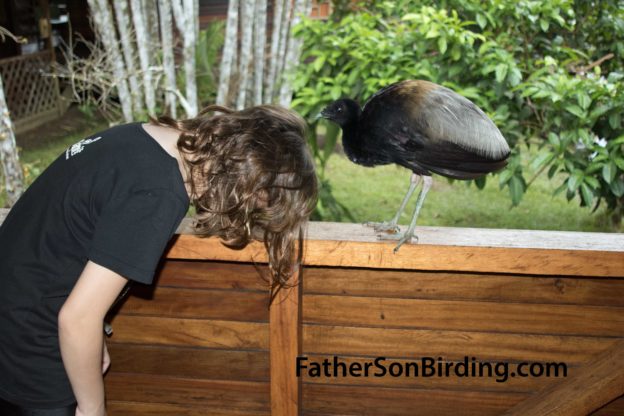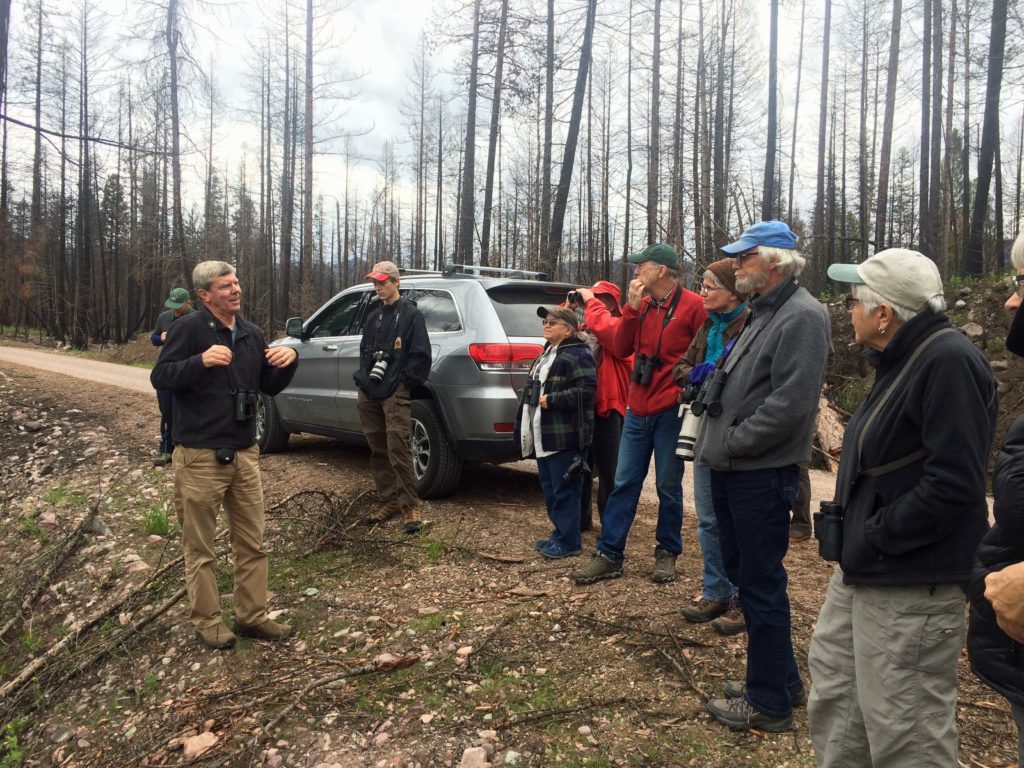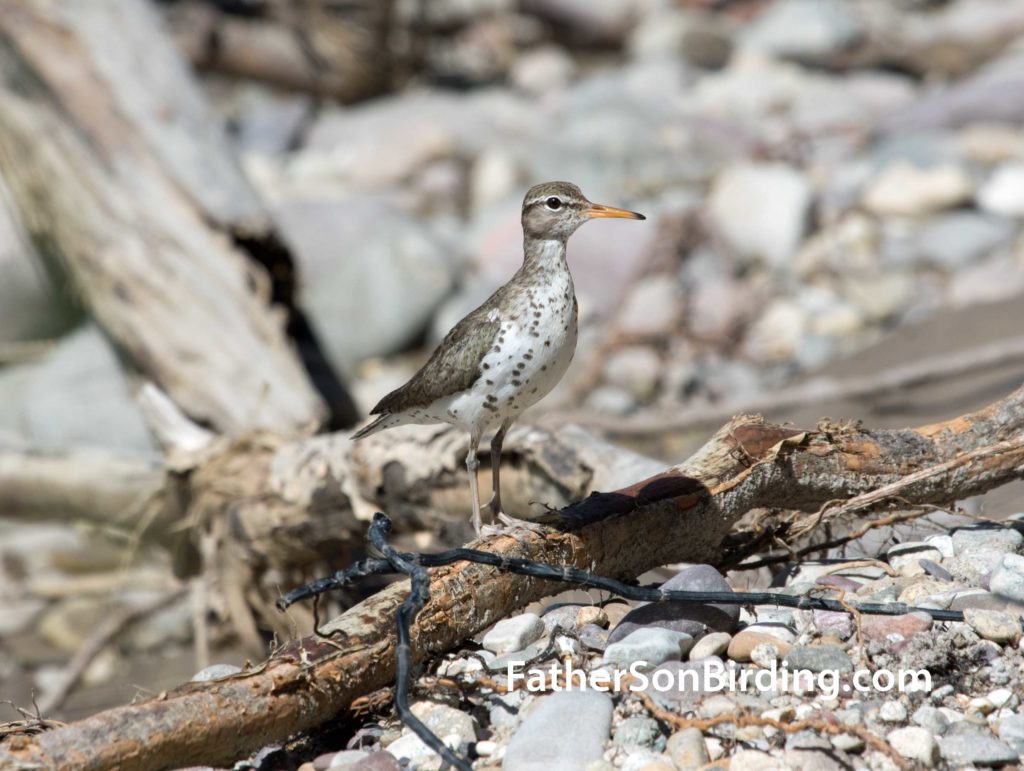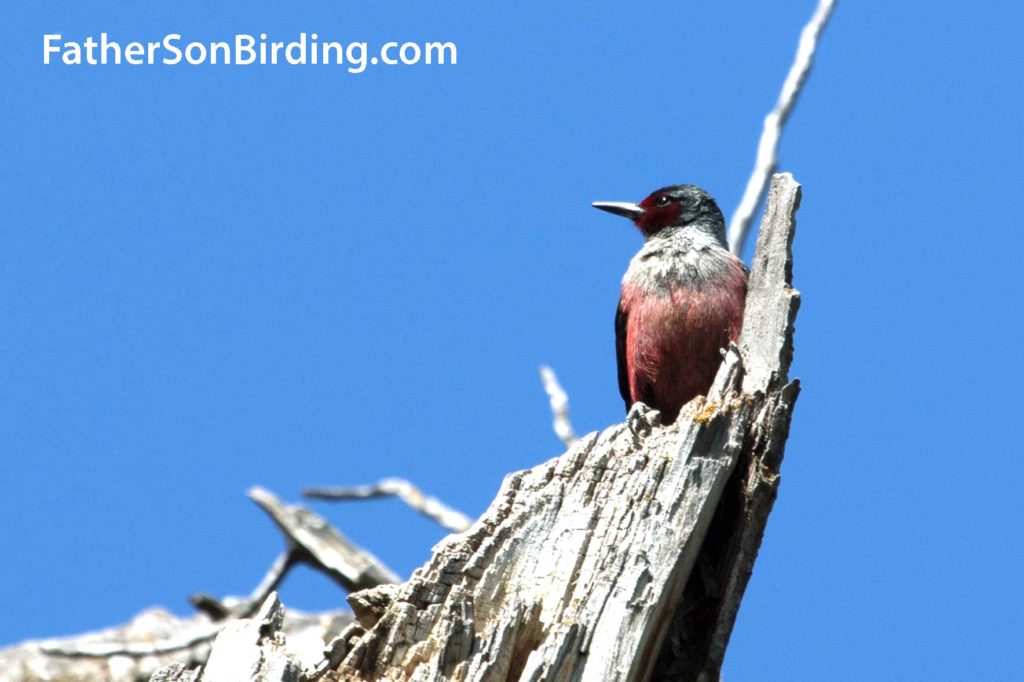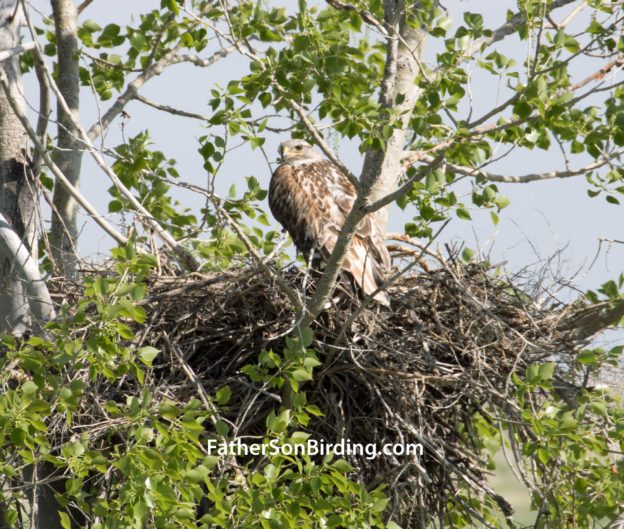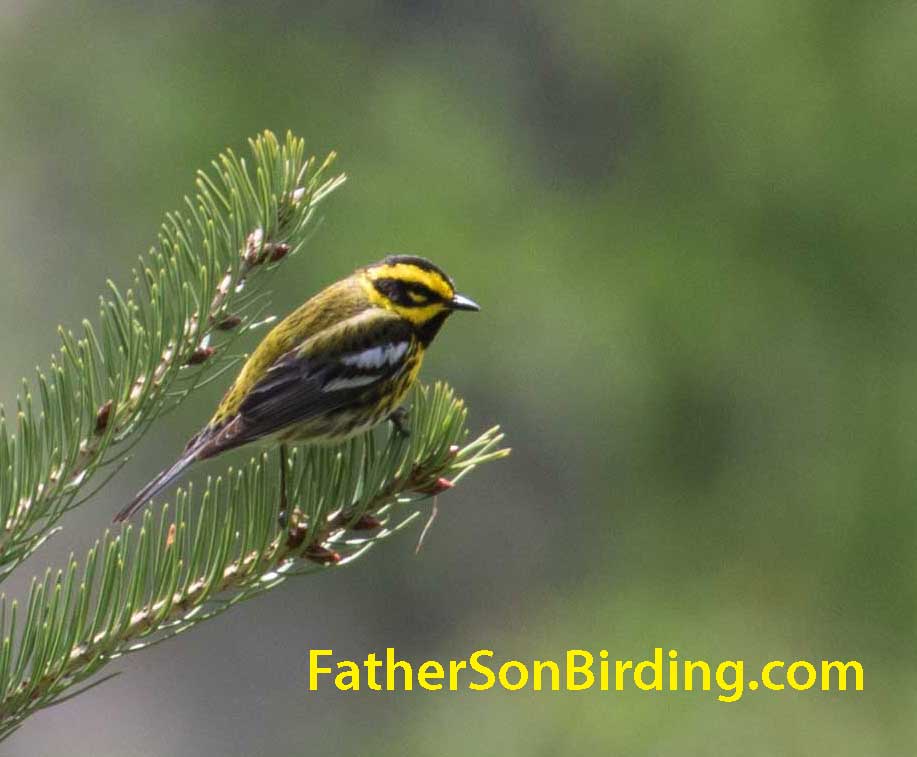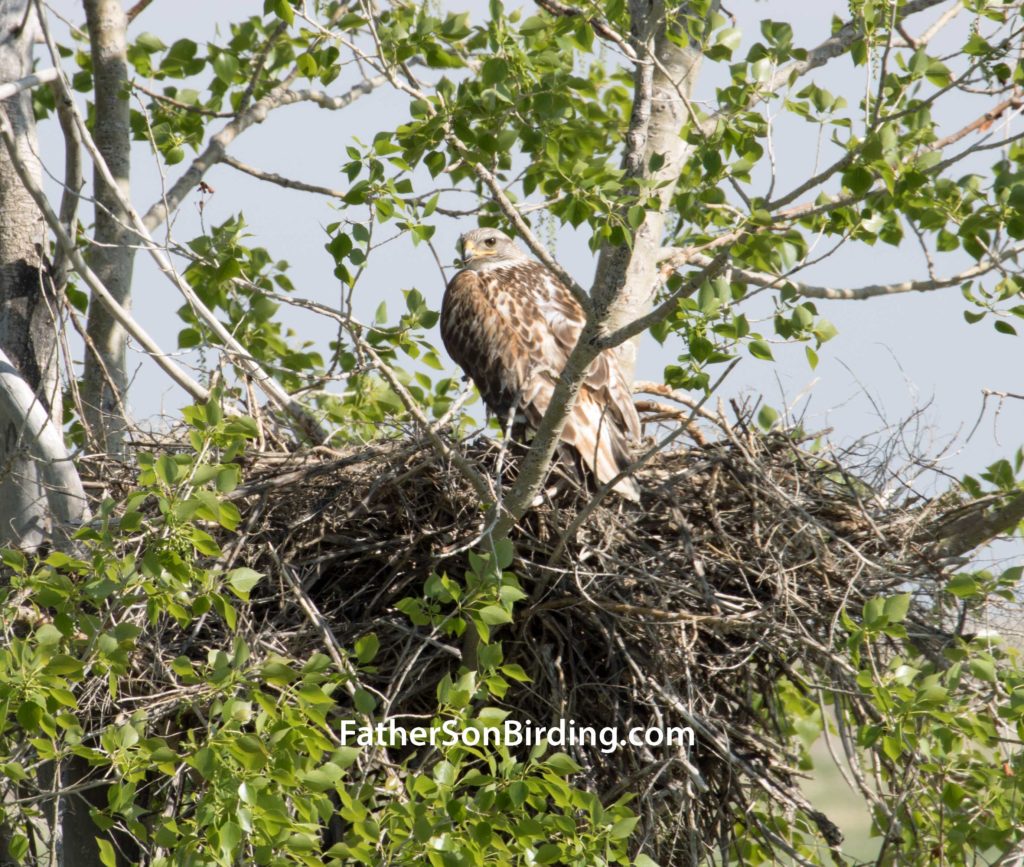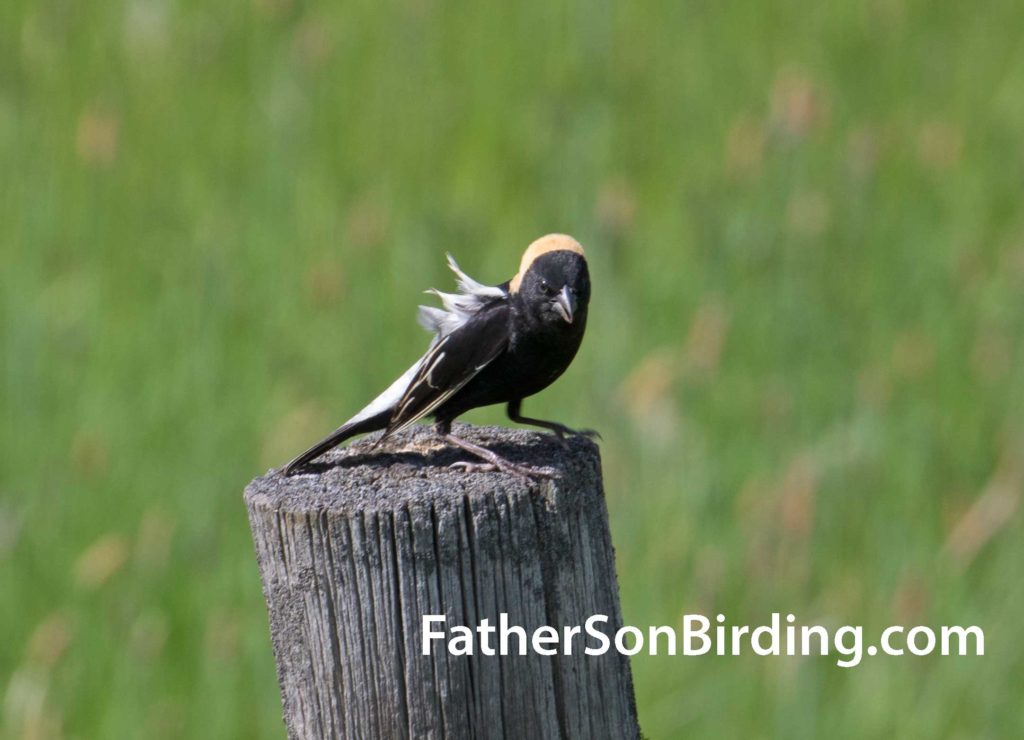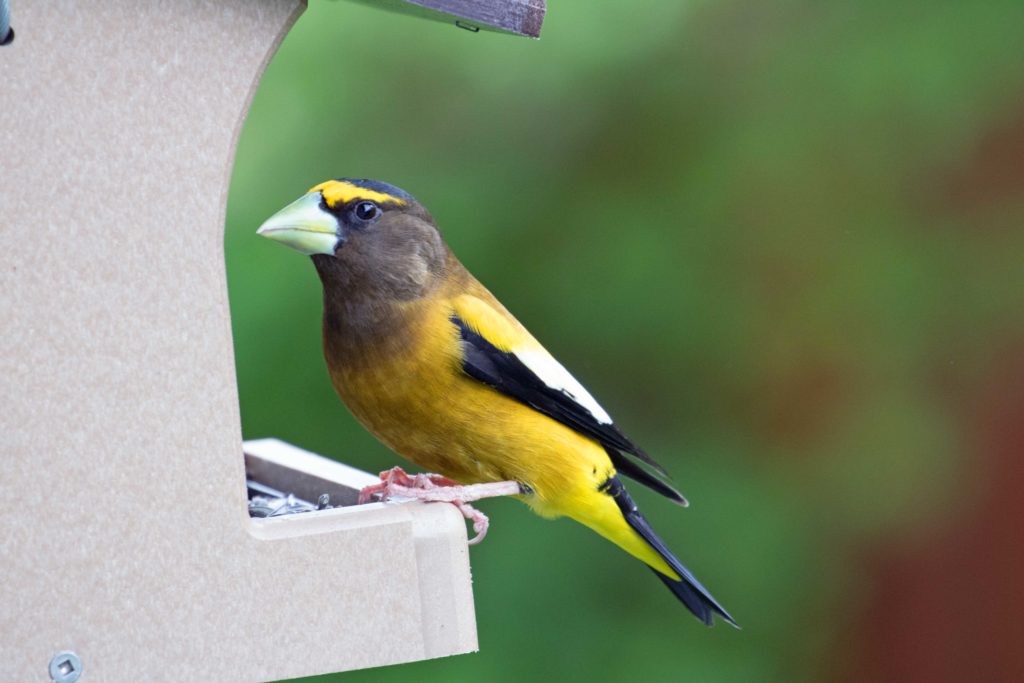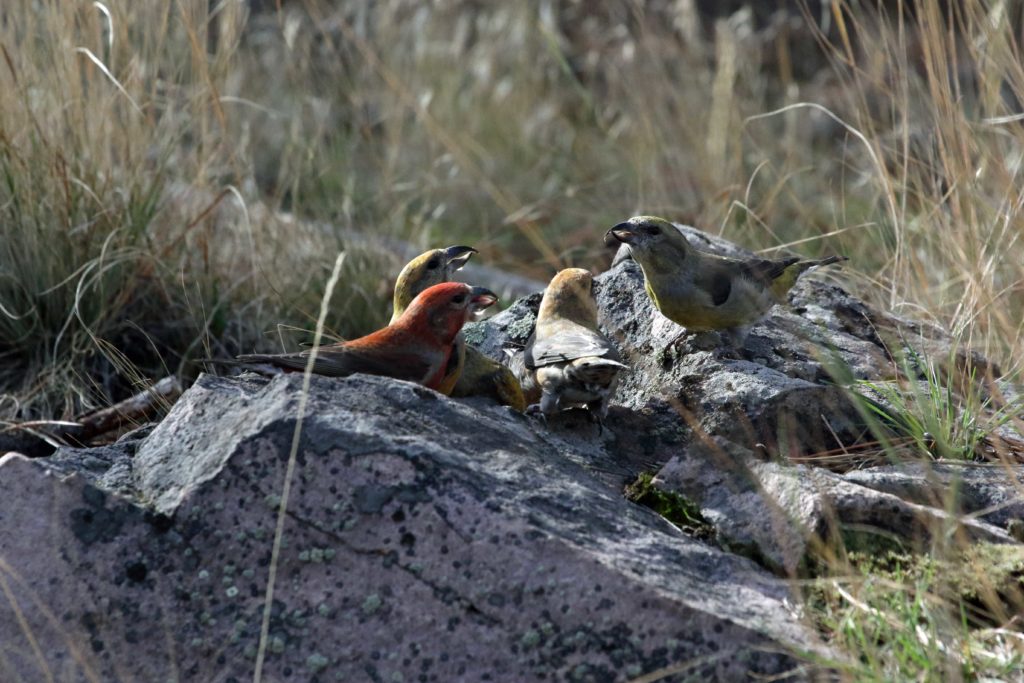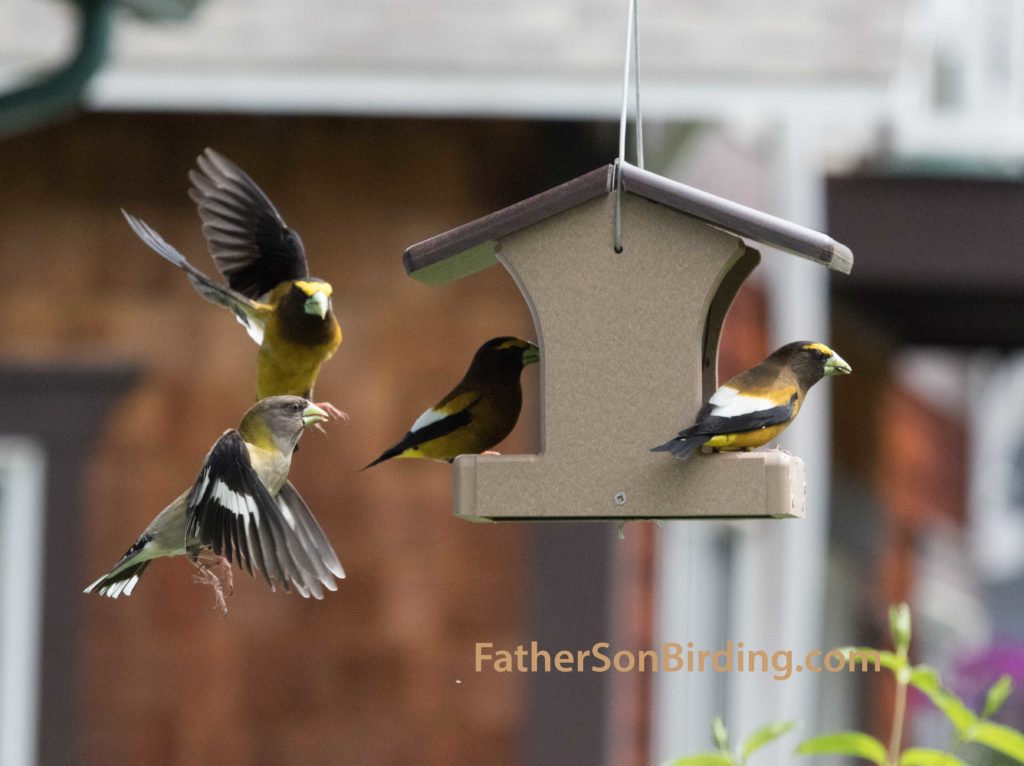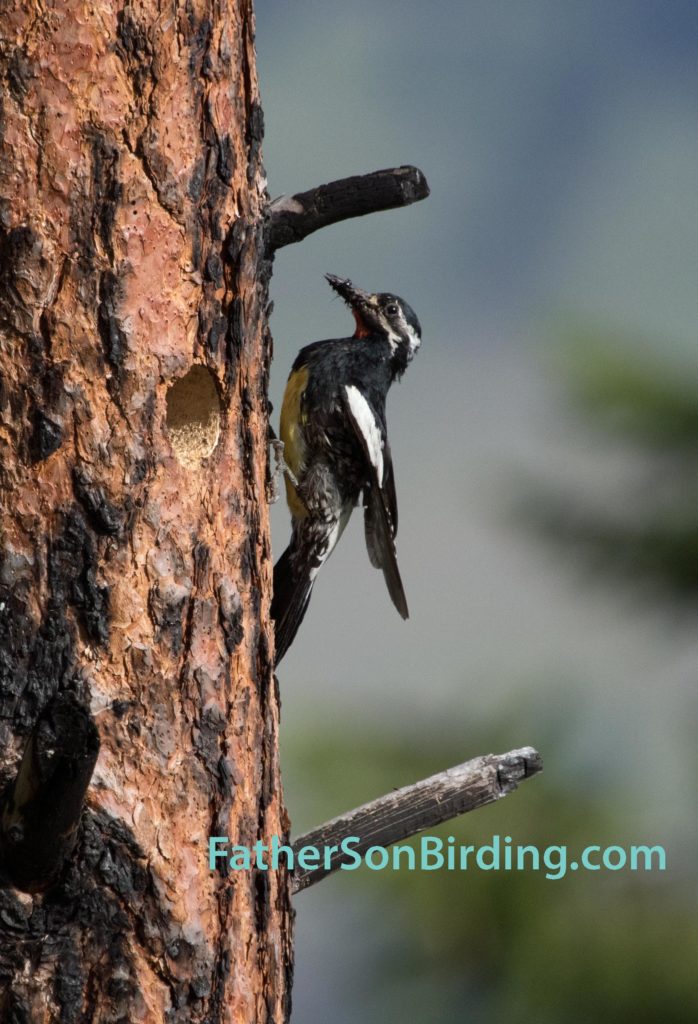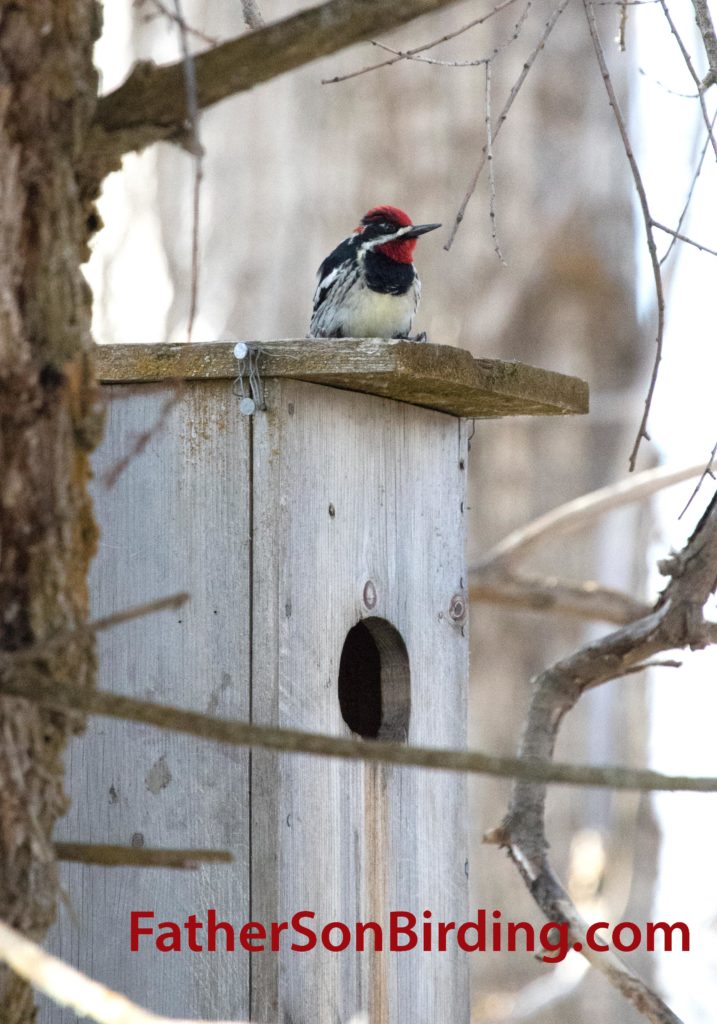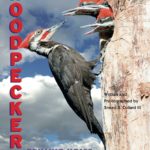To Subscribe to FatherSonBirding, please fill out your name and email in the appropriate boxes in the right-hand column. Thanks, and don’t forget to share 🙂
Braden here.
The majority of our first week in South America was spent in Ecuador’s portion of the Amazon. It was May, 2017, and we were staying at a place known as Sani Lodge, a resort run by the Yasuni people. The lodge was located about a half mile from the Río Napo, a large tributary of the Amazon River, nestled on a small lagoon. The only way to reach the lodge was by a combination of motorboating, canoeing and hiking.
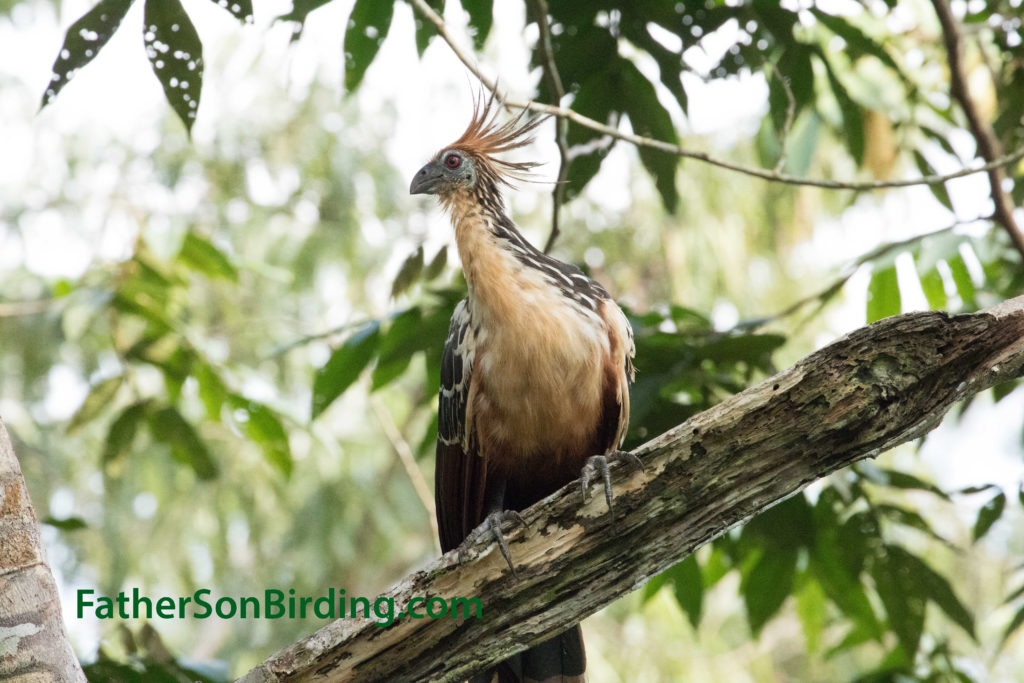
Hoatzins, an Amazon version of a crazy turkey, provided plenty of entertainment around Sani Lodge. (Photo by Braden Collard)
Bird-wise, I was super excited about the Amazon—it hosted more species than all of the ABA area! As we approached Sani Lodge, though, we saw and heard few birds. Our guide, Danny, pointed out flocks of oropendolas flashing through the canopy or the echoing call of a lone tinamou, but birding was tough as we hiked to our canoe dock, and my expectations slowly diminished. I figured there were lots of birds here, but almost all of them would be difficult to see through the brush. The lodge itself proved my idea wrong, however.
As we canoed up to the dock, our guide began pointing out a broad array of activity—White-winged Swallows flying low over the lagoon, Black-capped Donacobiuses meowing from the marsh, and “stinky turkeys”, or Hoatzins, weighing down branches and screaming about it. As we walked up to the open-air lounge, Danny pointed out two Tropical Screech-Owls roosting in a palm tree next to the trail. In the bar, a chicken-like bird picked crumbs off the floor. Danny introduced us to Apasha the Gray-winged Trumpeter. An Australian birder nearby, the only other tourist in the lounge, stressed that Apasha was “completely wild,” and therefore “completely countable” on ebird. Apasha had shown up a few years ago and just stuck around. In fact, my sister soon discovered that Apasha enjoyed picking insects off of peoples’ heads.
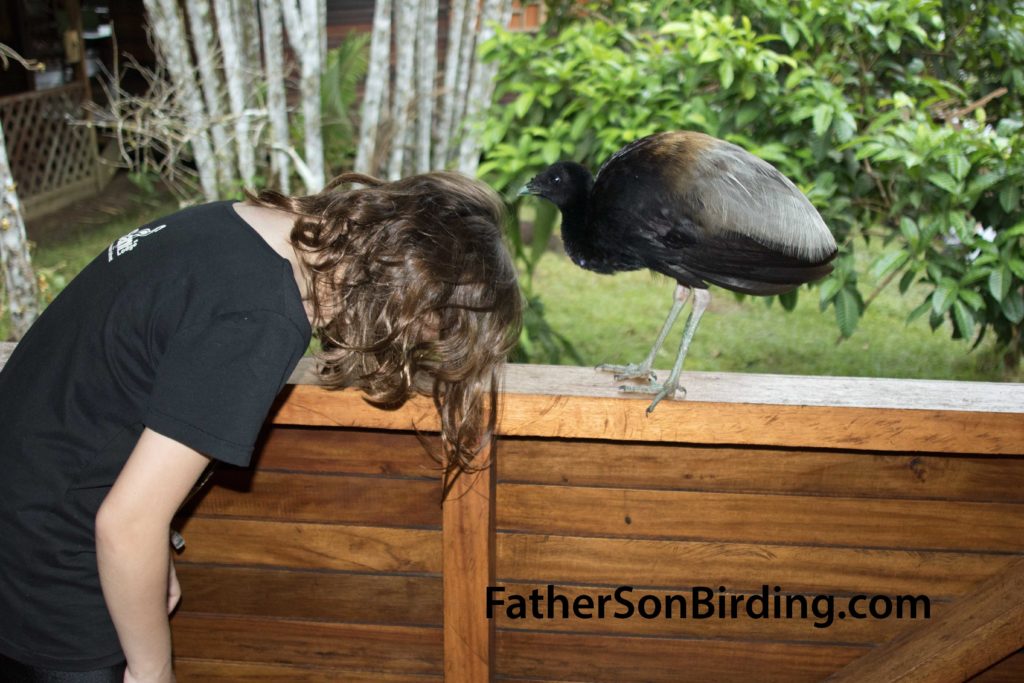
Got critters in your hair? A Gray-winged Trumpeter may be just the ticket! (Photo by Sneed B. Collard III)
Feeders were set up next to the bar, snagging my attention from the manager, who was giving us a presentation on the expectations of the lodge. Silver-beaked and Masked Crimson Tanagers decorated the fruit feeders, while White-eared Jacamars and Scarlet-crowned Barbets watched from nearby.

Masked Crimson Tanagers were some of the most spectacular “feeder birds” at the lodge. (Photo by Braden Collard)
The lodge grounds were small and mostly unmanicured, as the Yasuni wanted to be as eco-friendly as possible. This also meant that the electricity generator ran only twelve hours a day, around mealtimes.
One day, we went for a canoe ride around the lagoon. The story behind the lagoon was that it was a sanctuary for endangered Yellow-spotted Turtles and Black Caimans, both of which we saw. In fact, we released four baby turtles into the lagoon, named Tortugi, Speckles, Rick Turtle and Terminator. As we canoed around, we all suddenly heard drumming. As we looked into the trees nearby, we glimpsed a brilliant-yellow woodpecker—one Danny said was the rare Cream-colored!
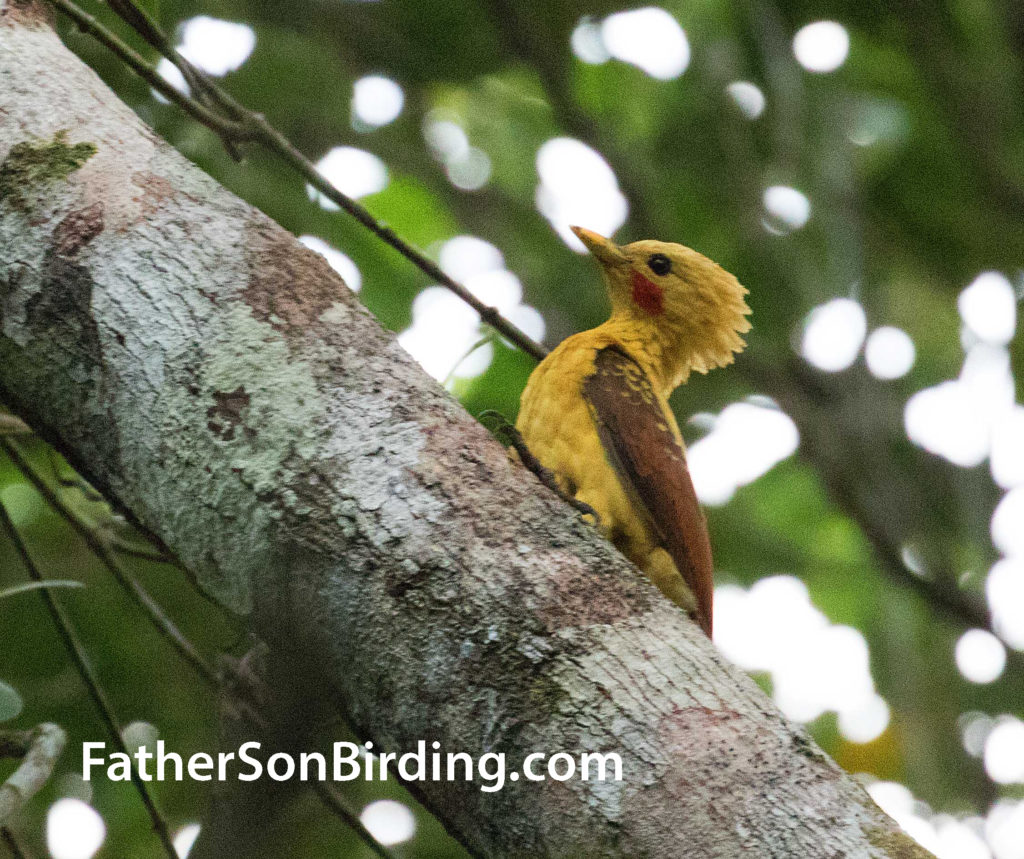
One of the most thrilling birds we saw around Sani Lodge, this Cream-colored Woodpecker even made it into my dad’s book, Woodpeckers: Drilling Holes and Bagging Bugs. (Photo by Braden Collard)
My expectations were filled, but more was to come…

